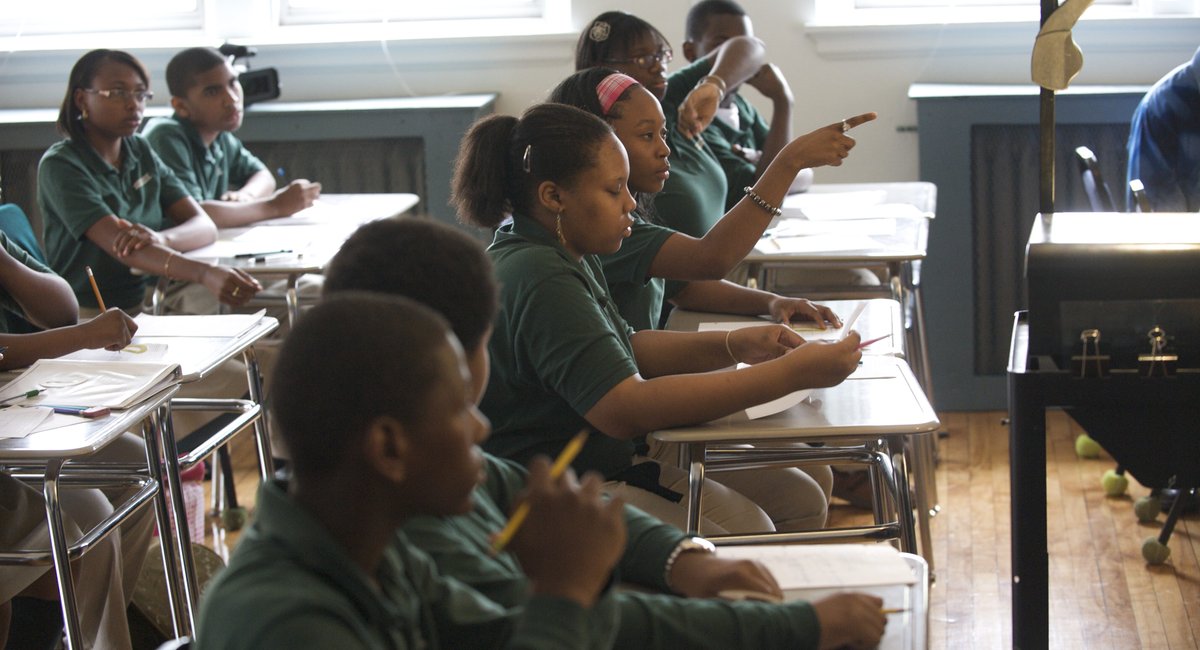A new law requiring smaller classes at New York City public schools could cost nearly $2 billion a year when fully implemented, according to a new analysis from the Independent Budget Office, underscoring the challenge the city will face in meeting the mandate.
Passage of the law by the state Legislature last year was a major victory for many parents and members of the United Federation of Teachers, who have pushed for lower class sizes for decades, citing positive impacts on student achievement and behavior. But city officials have said they do not know how they will find the funding, space and staff to meet the new requirements once the law is fully in effect.
The Independent Budget Office calculated that the city will eventually need to hire as many as 17,700 more teachers – which will cost between $1.6 billion and $1.9 billion per year.
“The IBO’s independent report backs up what Chancellor [David] Banks has been saying since this law was proposed – while we support lowering class sizes, this unfunded law will require very real, serious tradeoffs and hard choices,” said education department spokesperson Nathaniel Styer.
Under the law, kindergarten through third grade classes will be capped at 20 students, fourth through eighth grade classes will be capped at 23 students, and high school classes will be capped at 25 students. For comparison, kindergarten classes were previously capped at 25 students, first through sixth grade classes were capped at 32 or 33 students, middle school at 30 to 33 students, and high school at 34 students.
The new class size requirements must be phased in starting this fall, and will be rolled out at all the city’s schools over five years. Schools can be exempt from the class size limits if they are approved by the education department as well as the teachers’ and principals’ unions.
The city has said that 39% of classes already meet the new mandate, which is nearly the benchmark required by the law next school year, when 40%…
Read the full article here

Leave a Reply